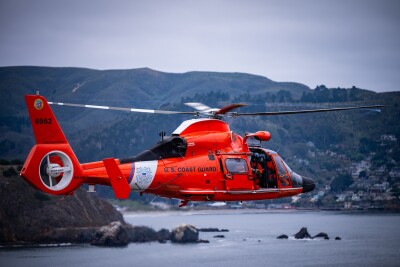Alaska fishermen will get a brief respite from crab closures, with a modest three-month opening for Bristol Bay red king crab, the Alaska Department of Fish and Game said Friday.
Bering Sea crabbers get their shot at Bristol Bay red king crab from Oct. 15 to Jan. 15 under a quota of 2.150 million pounds, 1.95 million pounds of which has been allocated to IFQ holders with the remaining 215,000 pounds reserved for Community Development Quota (CDQ) shares. The Oct. 6 announcement had been predicated upon earlier trawl surveys which indicated a harvestable surplus of crab.
“Based on preliminary review of 2023 NMFS trawl survey and stock assessment results, ADF&G has determined that the estimate abundance of mature size Bristol Bay red king crab exceeds minimum population thresholds established in the state regulatory strategy,” says Ethan Nichols, area management biologist with ADF&G in Dutch Harbor.
The Bering Sea tanner crab population survey also warranted a fishery opening with a quota of 2.8 million pounds. The season opens on Oct. 15 and closes on March 31.
Trawl surveys for red king crab in the Pribilof and St. Matthew districts, meanwhile, were not as optimistic, and the 2023-2024 season for those stocks will remain closed.
The news was equally dismal for opilios. An analysis of trawl survey data revealed that the abundance was too low to open the fishery, and it will remain closed for the 2023-2024 season. The disappearance of billions of opies continues to drive environmental studies on causes focused on rising water temperatures.
The decision means "the Bristol Bay red king crab stock is back to levels that allow for a small, sustainable harvest at 2.15 million pounds, just below the amount when it was last open in 2020 at 2.6 million pounds," the Alaska Bering Sea Crabbers Association said in a statement issued Friday.
“It’s nice that we get to put gear in the water and go fishing again," said Oystein Lone, captain and owner of the F/V Confidence and F/V Pacific Mariner. "It’s a needed lifeline for us to keep our businesses afloat. It also keeps our crew making a wage to support their families.”
However the reopening "also highlights the impacts of the previous two years of closures," said Gabriel Prout, a third-generation Alaska fisherman aboard the F/V Silver Spray.
"The size of the fleet participating will be smaller due to financial constraints. The impacts the fleet and the stock continue to face highlights the need for state and federal managers to implement better management strategies to help protect the health of the crab population and those that rely on it," said Sprout.
Jamie Goen, executive director of the Alaska Bering Sea Crabbers, said captains and crews are intently focused on the future.
"They are tracking closely the science around the health of crab stocks and want to help crab continue to rebound. We’re adding extra measures this season during our directed pot fishery for crab to reduce our interactions with crab. We’re increasing communication with the fleet on best handling practices, clean fishing areas, and opportunities to share gear.”







